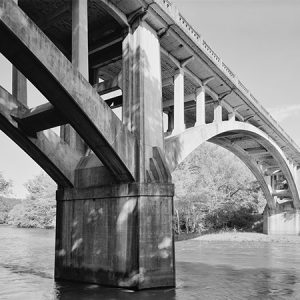 Fourche La Fave Bridge
Fourche La Fave Bridge
Entry Category: Land and Resources
 Fourche La Fave Bridge
Fourche La Fave Bridge
Fourche La Fave River
Fourche River
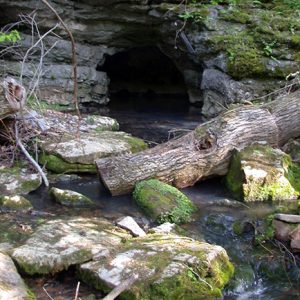 Foushee Cave Natural Area
Foushee Cave Natural Area
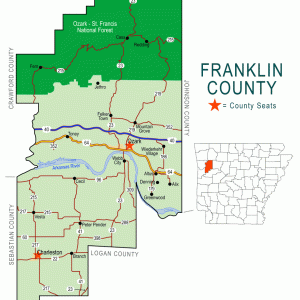 Franklin County Map
Franklin County Map
 William Fuller
William Fuller
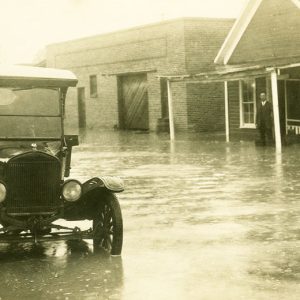 Fulton 1927 Flood
Fulton 1927 Flood
 Fulton County Map
Fulton County Map
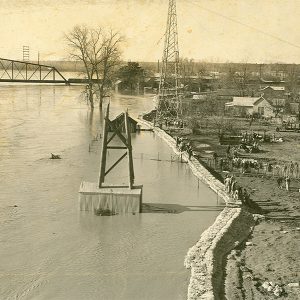 Fulton Flood
Fulton Flood
 Fulton Levee
Fulton Levee
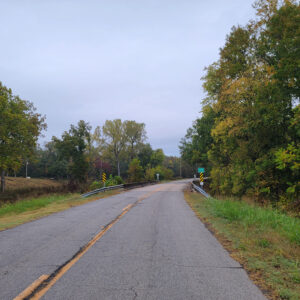 Galla Creek Bridge
Galla Creek Bridge
Galla Creek Wildlife Management Area
Galley Rock
aka: Galla Rock (Pope County)
Gammon, John, Jr.
 Gap Creek Natural Area
Gap Creek Natural Area
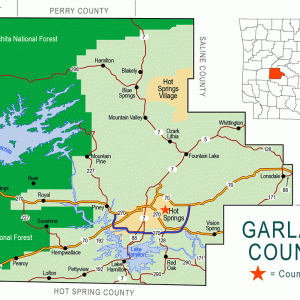 Garland County Map
Garland County Map
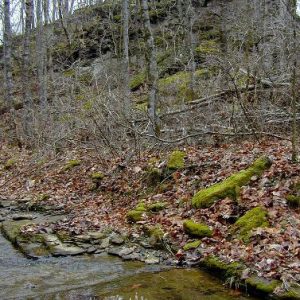 Garrett Hollow Natural Area
Garrett Hollow Natural Area
 Gassville Tornado Damage, 2008
Gassville Tornado Damage, 2008
 Tolise Gathings
Tolise Gathings
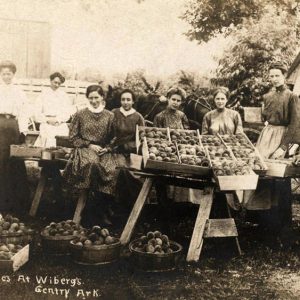 Gentry Peaches
Gentry Peaches
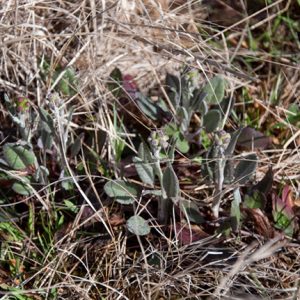 Geocarpon Minimum
Geocarpon Minimum
Geographical Center of Arkansas Marker
Geography and Geology
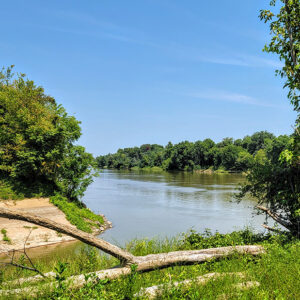 Georgetown River Access
Georgetown River Access
 Gillett Flood
Gillett Flood
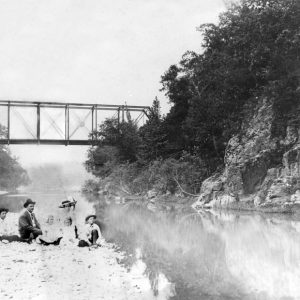 Glenwood Railroad Bridge
Glenwood Railroad Bridge
Gold Mine Springs Mines
 Gold Mine Springs Mines
Gold Mine Springs Mines
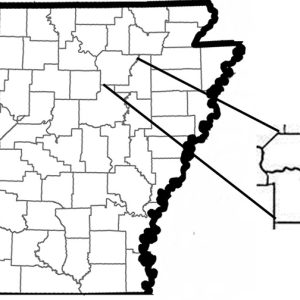 Gold Mine Springs Mines Location
Gold Mine Springs Mines Location
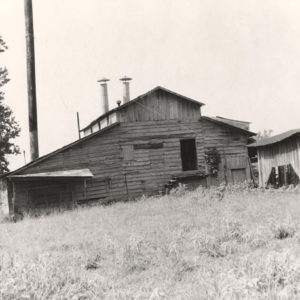 Goodlet Cotton Gin
Goodlet Cotton Gin
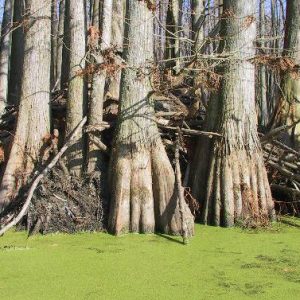 Goose Pond Natural Area
Goose Pond Natural Area
Governor Mike Huckabee Delta Rivers Nature Center
aka: Delta Rivers Nature Center
Grand Prairie
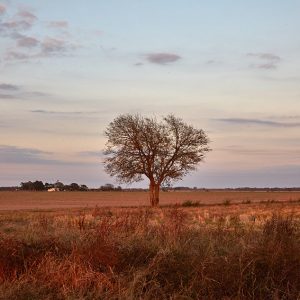 Grand Prairie
Grand Prairie
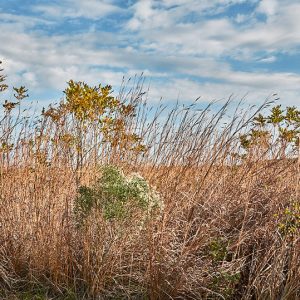 Grand Prairie Grassland
Grand Prairie Grassland
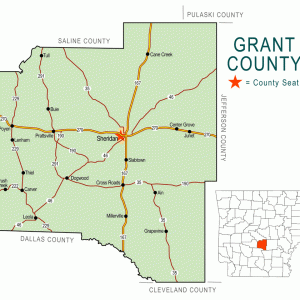 Grant County Map
Grant County Map
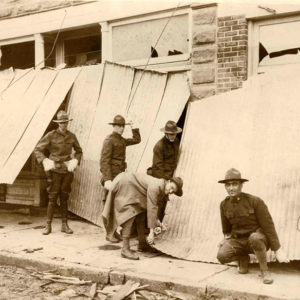 Green Forest Tornado
Green Forest Tornado
 Green Forest Tornado
Green Forest Tornado
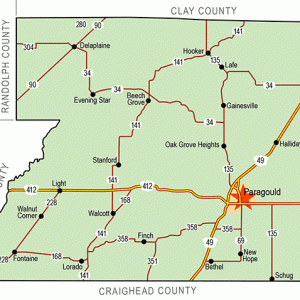 Greene County Map
Greene County Map
 Greenway Rough Riders Mention
Greenway Rough Riders Mention
Greenwood Tornado of 1968
 Greers Ferry Lake Filling
Greers Ferry Lake Filling
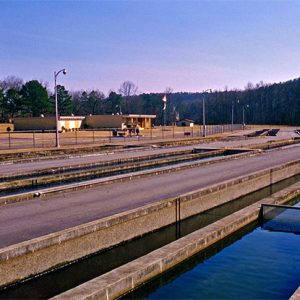 Greers Ferry National Fish Hatchery
Greers Ferry National Fish Hatchery
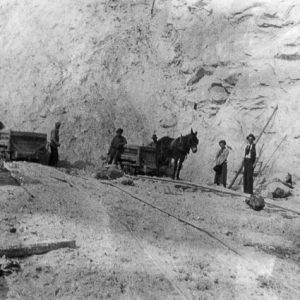 Guion Sand Mine
Guion Sand Mine
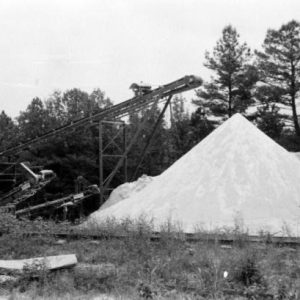 Gypsum Mining
Gypsum Mining
Gypsum Mining
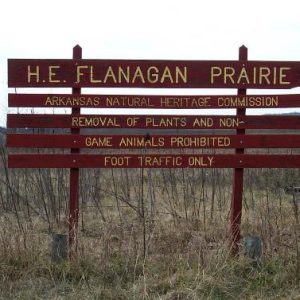 H. E. Flanagan Prairie Natural Area
H. E. Flanagan Prairie Natural Area
 Hackett Miners
Hackett Miners




